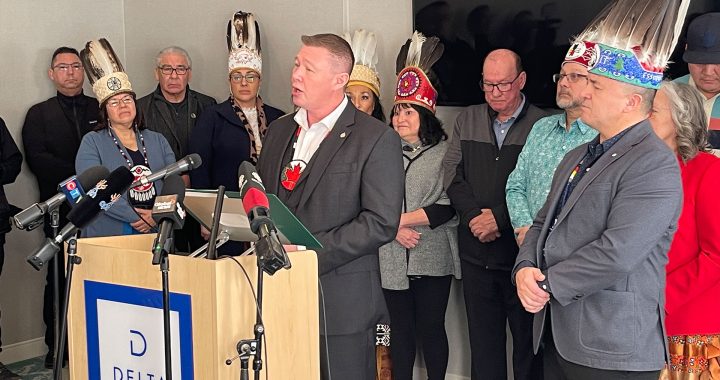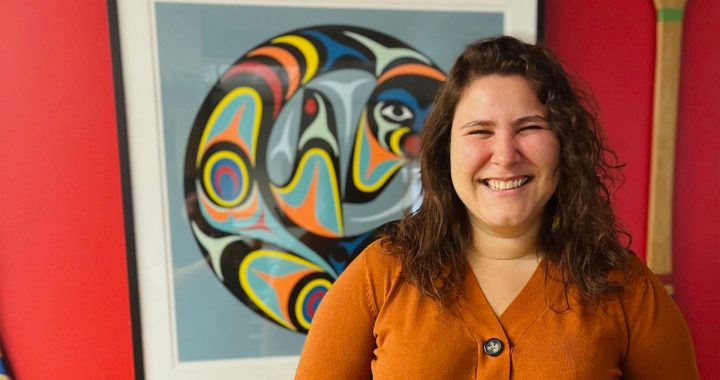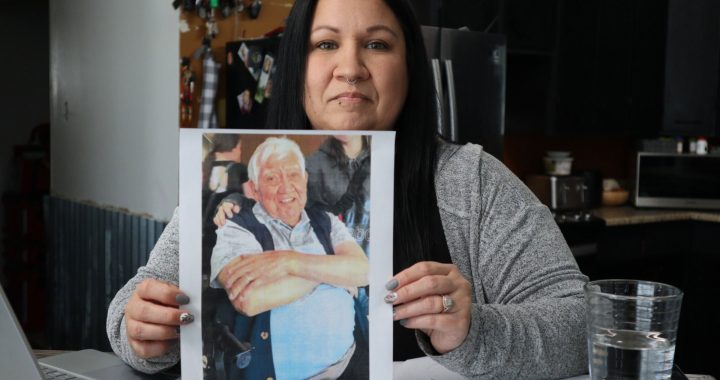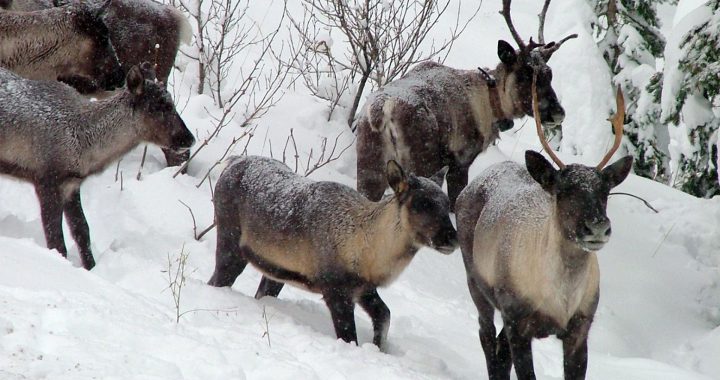The first chapter of a decade-long nutritional study on First Nations youth wrapped in Kanesatake last weekend.
The Food Environment Health and Nutrition of First Nations Children and Youth study, or FENHCY, brings together academics, dieticians, nurses and First Nations leaders together to find out what needs to be done to improve kids’ health across Canada.
The data collection in Kanesatake was only supposed to last a few months – but the study began as the first wave of the pandemic hit in 2020, so it was delayed by years.
The pandemic also prevented some children from participating, so results on the overall health of the youth were inconclusive.
However, the study helped guide recommendations on indoor air quality and nutrition and found that traditional foods are nutritious, but hard to come by.
“We do get our traditional foods in our powwows, but other than that, the hunters have to go far, so it’s expensive when you got to bring that meat back and process it,” said Tess Lalonde, FENHCY’S community liaison officer.
Tess Lalonde is Dakota Sioux, but has lived in Kanesatake since the 1990s. She interviewed community members and leadership to find out what their goals were.
Read more
Study finds more hungry Nunavummiut under Nutrition North program
“We’re trying to bring the traditional foods back in the community, we’re trying to bring the bugs back instead of the insecticides, we’re trying to make this more natural, so that was very nice to see that the community is working towards a healthier environment,” said Lalonde.
Lead investigators Malek Batal, a professor of human nutrition at the University of Montreal, and Laurie Chan, a professor of toxicology at the University of Ottawa, analyzed the data from youth like hair and blood samples and their height and weight.
That way, they’ll be able to put numbers to their needs.
“Governments always respond to numbers and figures and research, so we try to speak that language.
“The nations know what they want and they have always known, it’s just that the language we are using is perhaps adapted to what governments want to hear,” said Batal.
The study follows OCAP principles — which means First Nations own, control, and have access and possession of their data.
This is a far cry from how First Nations and Inuit children were used as guinea pigs for 20th-century nutritional experiments in residential schools.
“We do everything in a participatory way,” said Batal. “We hope that we are answering in every community to the needs of the community, not to the needs of the research. That’s the basic difference.”
“We are aware of the history, and I think the first thing is to be aware of that unfortunate history and to work with communities to change that,” he added.
Chan and Batal worked on a similar study that looked at First Nations adults.
Chan said they found “there’s a lot of issues with the diet and nutrition, but in general, the traditional food is very, very important to all First Nations communities that we looked at.”
Batal said that most First Nations talked about, “barriers between them and their traditional food, and the barriers have to do with regulations, with governments not respecting treaties, with mining, forestry, you name it.”
Batal and Chan said national policy changes to mitigate climate change and respect treaty rights are needed to ensure access to traditional foods.
“There are a lot of concerns on the safety of country food, or traditional food that people harvest locally, like fish and berries. So particularly for communities among areas like the oil sands, or other industrial development projects or mining,” said Chan.
Luckily, traditional foods like berries, wild garlic and corn harvested in Kanesatake, as well as moose and deer brought in by hunters, were found to be safe to eat – for now. Chan said a long-term food safety monitoring program is needed to make sure these foods stay that way.
“There’s a lot of need to have ongoing monitoring programs on the safety of the food. The Canadian Food Inspection Agency looks at food that you can buy on the market, but not country food that people harvest on the land,” said Chan.
On a local level, Jeremy Tomlinson, director of the Kanesatake health centre, said the study has already led to change.
“We’re working [on] that with two nutritionists, we’re working with the school, we’re able to get funds in order to take on this initiative, so we’re going to introduce more healthy foods for the children in our schools in Kanesatake,” said Tomlinson.
“The results of the FENHCY study and as well the experience that we gained from participating in the project will help us greatly in our health planning projects,” he said.
The researchers and Lalonde will be heading to Miawpukuk First Nation in Newfoundland next, but they’ll still be working with Kanesatake to develop programs and policies in the future.
“Basically, it’s a partnership. And it’s a partnership that starts and continues throughout the study, and beyond,” said Batal.










